In The Studio With Alicia Bilyara Bennett
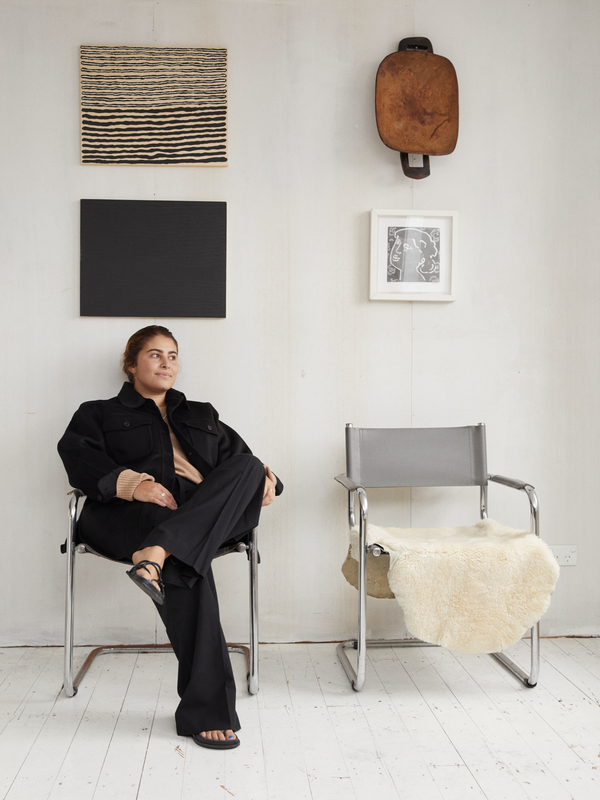
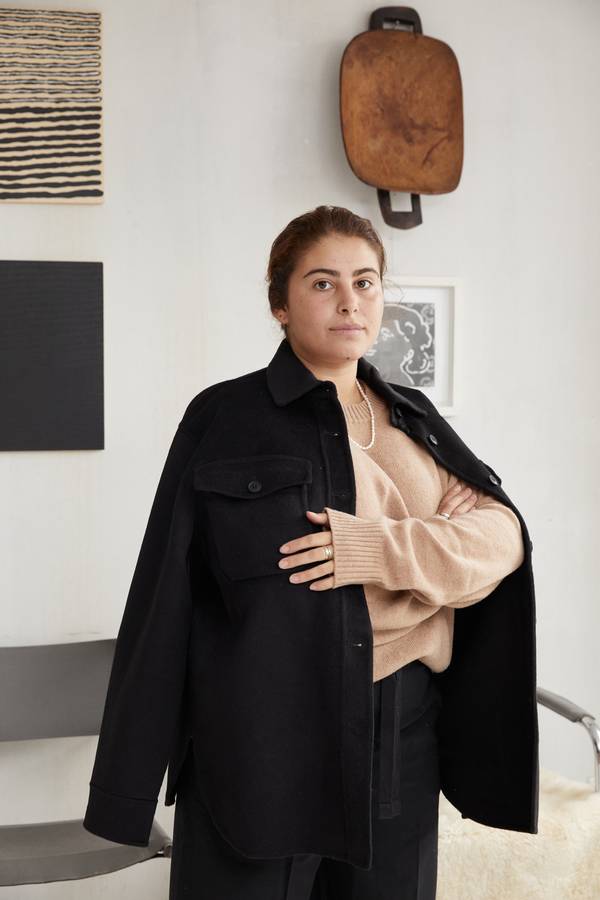

Is an artist born or made? Do they come into this world with a preternatural penchant for paint and clay, or is it a matter of discipline, training and technical skill? For Alicia Bilyara Bennett, creativity is written in her DNA. It’s woven through her heritage, her childhood pastimes, and in her early dreams of being a singer and songwriter.
“It’s definitely ingrained in me,” says Alicia, who is a descendant of the Barkindji people of the Darling River basin in NSW. Her Australian-born maternal grandmother, Constance Farquharson, was of Scottish descent and a gifted portrait artist working mainly in oils. Her mother, Amanda Farquharson, still practices using watercolours, natural pigments and flora. “In her earlier years she was Sydney’s top painted finishes master, with her murals being the talk of the town,” Alicia says of her mother. Alicia’s late father, Richard Bennett, was a renowned emu egg carver with works in the Art Gallery of NSW and throughout his artistic career Richard donated time to teaching art in schools and Indigenous communities.
Family is the centre of gravity around which Alicia’s practice revolves, and it’s at the heart of her first exhibition, Barkindji Ngunngkuapa, held at Jerico Contemporary gallery in February. “Barkindji Ngunngkuapa, meaning ‘I am Barkindji woman’, is a sentimental collection of works that displays what it means to be part of the oldest living culture in the world and to be an Indigenous woman at this time. It’s a story of my family connection to country and the Darling River,” explains Alicia. The exhibition came together after she was approached by her friend - now agent - gallery director Jerico Tracy. “I wanted the collection to display who I am and also share the story of my ancestors as I feel they send me stories when I dream. My works encompass both sides of my family, with the black representing my paternal Aboriginal side, and the white representing my maternal Scottish-Australian side.”
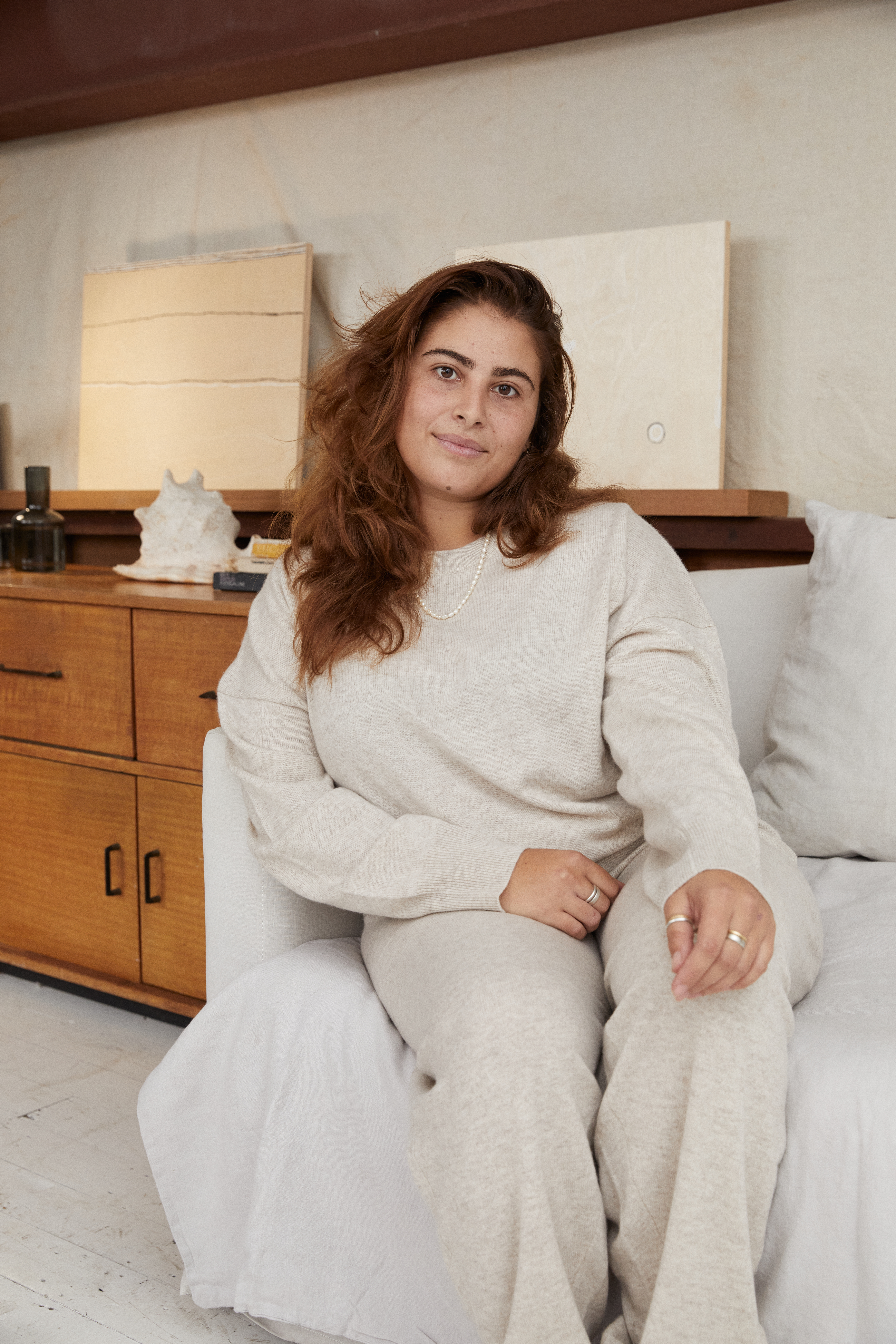
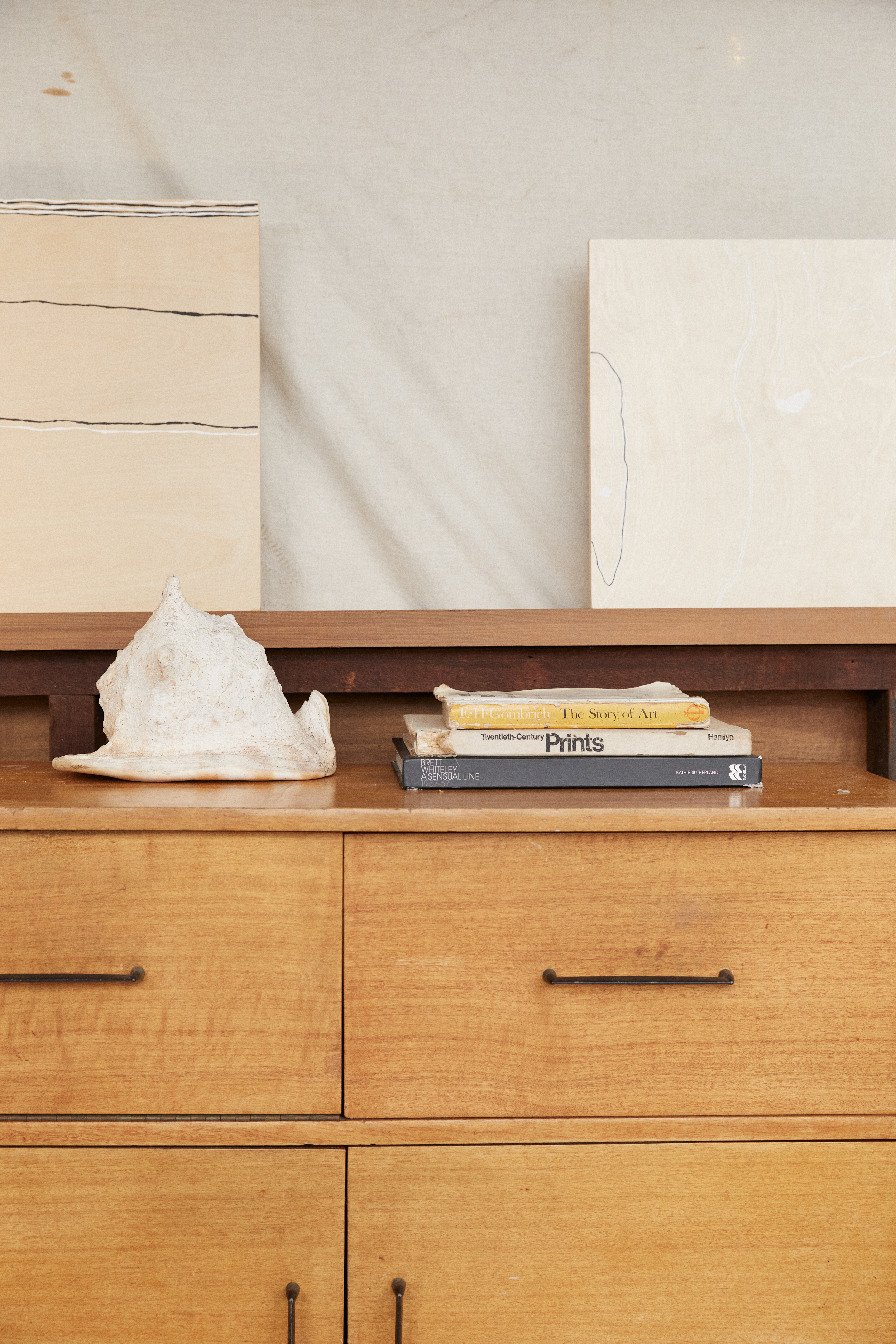
Reflecting on her father’s lineage, Alicia notes that her paternal grandparents were part of the Stolen Generations. “My grandmother was born of Barkindji decent and my grandfather Ngalakan, they met on the missions,” Alicia says. “It’s a big realisation that both cultures have lived through a lot, including the displacement of peoples throughout history and stolen land not yet returned, without any treaties.” Barkindji Ngunngkuapa, however, is not just a story about separation and loss - it’s also a story of unity, which brings yet another layer of balance to her moving works. Just like the natural pigments she uses, Alicia draws on language to bring her art to life. “All of my works are named in Barkindji dialect,” she says. “We are so blessed to have had authors and historians to journal ‘the river people’, making it easy for them to have made a Barkindji dictionary, which I can cross reference with elders of the region.” The most rewarding part of the exhibition, Alicia says, “was uniting family after what has been a very challenging time, offering works that make people feel grounded and a reconnection to country.”
While history may inform Alicia’s work, it’s her family’s future that provides endless inspiration - she lists her son Jasper as one of her enduring creative influences. “Jasper encourages me to always do better, and to water the seeds that make the garden grow.” Outside of art-making and motherhood, Alicia co-owns Opportunity Store, a vintage and antique furniture business. “My partner Dan Rainey has been in deceased estate removals… He’s got a really good eye and a similar aesthetic to me, so we’ve joined forces in sourcing, refurbishing and selling antique and vintage furniture and objects.” Alicia’s talent, spirit and creativity haven’t gone unnoticed, and this year she will be joining Charity Bounce as an ambassador, to work with Indigenous communities and “inspire children of all cultures”. She also plans on travelling to Wugulaar School in the Northern Territory - a school she attended at age 10 - to work on an art program and share her skills with women in the community, to help them build their businesses. And what of Alicia’s ambitions for her own career? Presented with the question, she says, “If I could achieve anything, it would be to give back to the earth and people who made this life possible.”
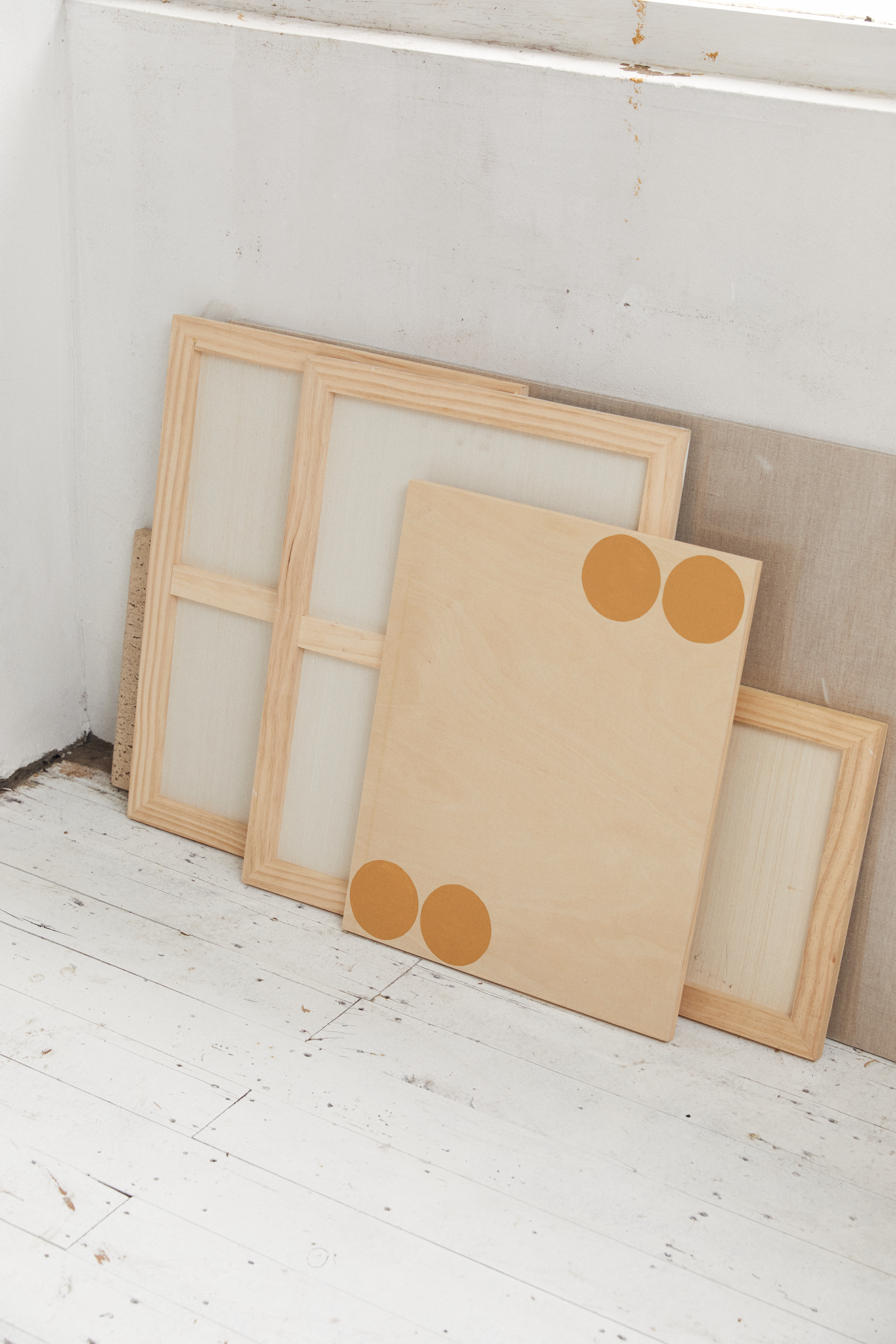
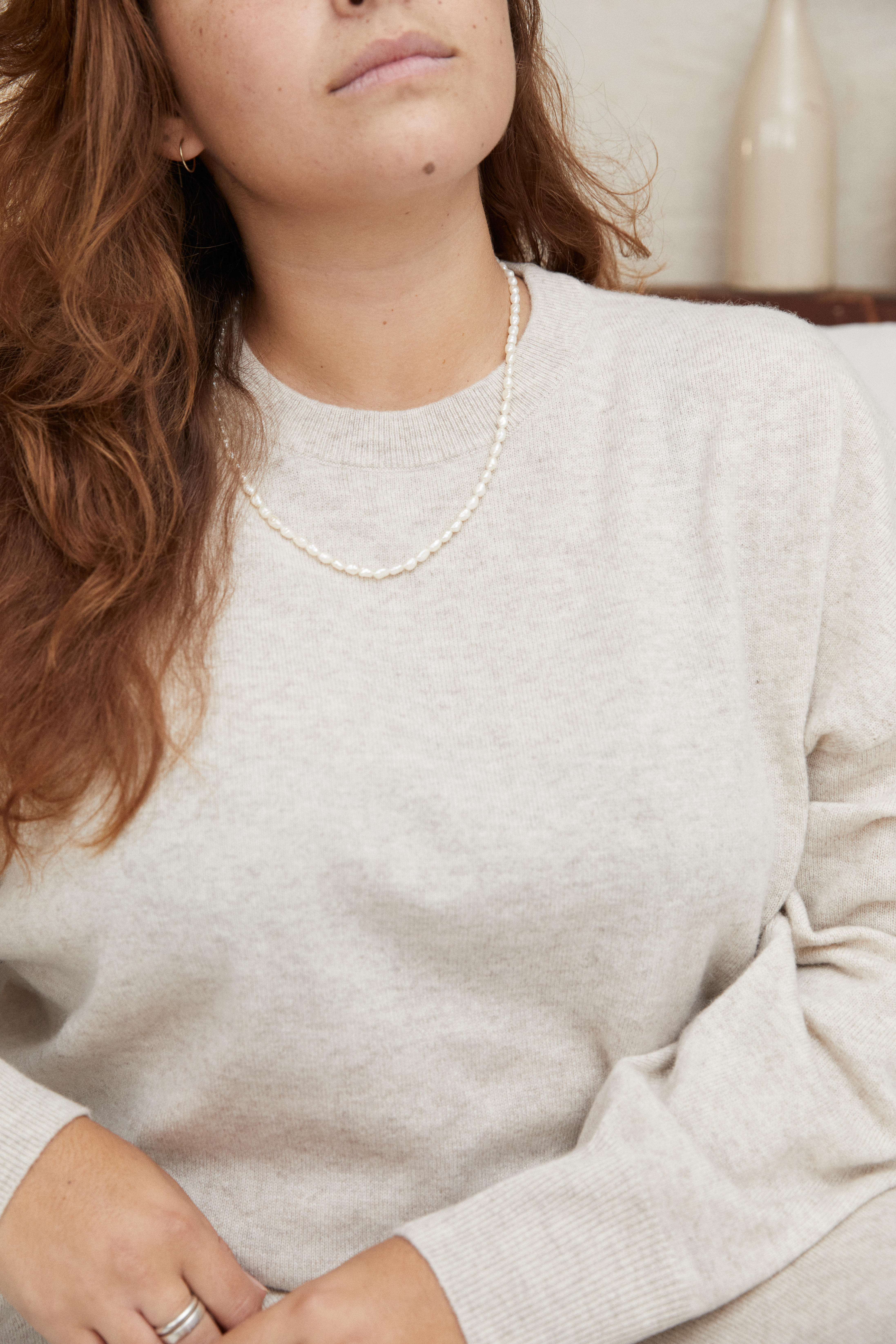
Assembly Label Asks
As a child I wanted to be…
A singer/songwriter, but always have had a love for art.
My art practice has taught me…
Patience, good things take time!
The materials I love working with…
I love using plywood boards, the texture and grain connects me right back to nature. Natural pigments.
In my studio I always have…
Plants, I like to bring the outside in. Drawing inspiration from nature.
A productive day in the studio starts with…
A fresh juice, coffee, a morning walk to clear my head.
My studio uniform…
I can’t get enough of vintage King Gee jumpsuits!
My enduring creative inspirations…
I draw most of my inspiration from nature, emotion and Jasper. I really enjoy the works of Minnie Pwerle, Niah McLeod, Joshua Yeldham and Nyapanyapa Yunupingu.
The last book, film or artwork that moved me…
I was deeply moved by The Secret River, an ABC series that tells the true story of Aboriginal Australian history during settlement. Very raw and real, but I feel anyone wanting to know just how unsettling it was for Aboriginals in that time should definitely watch.
My dream for the year ahead…
This year’s focus is creating the best life for my son. We’re relocating to Avalon and pairing things right back to the basics. Setting positive intentions for the golden years ahead!
The best piece of advice I’ve received…
If you want to go fast, go alone.